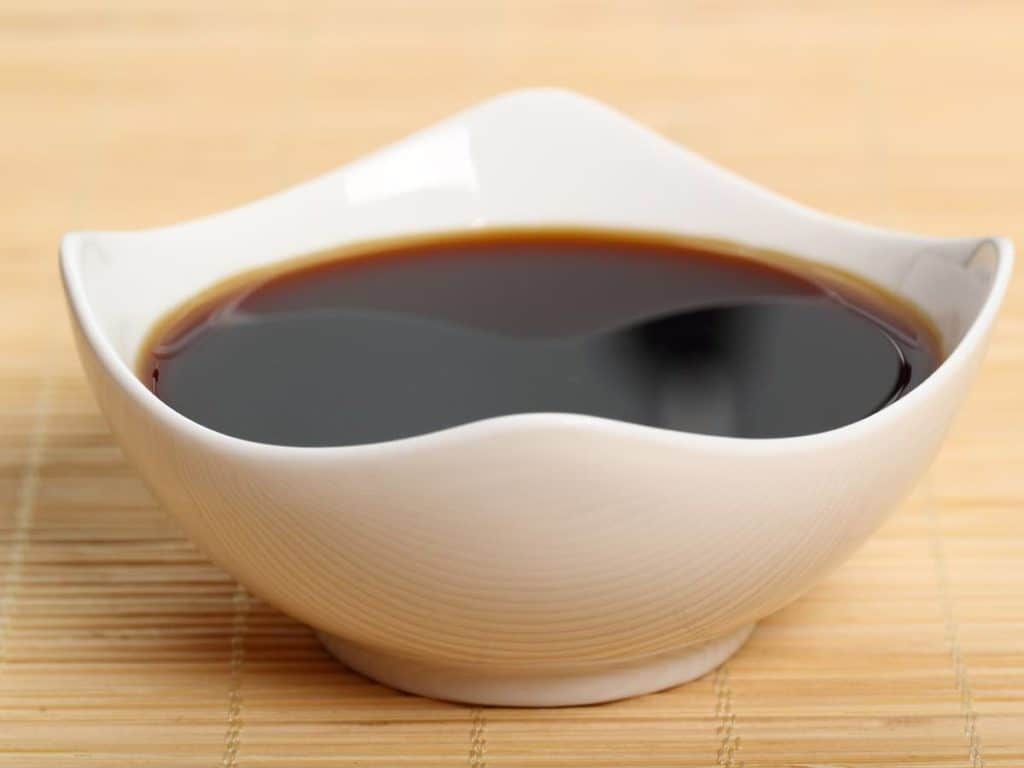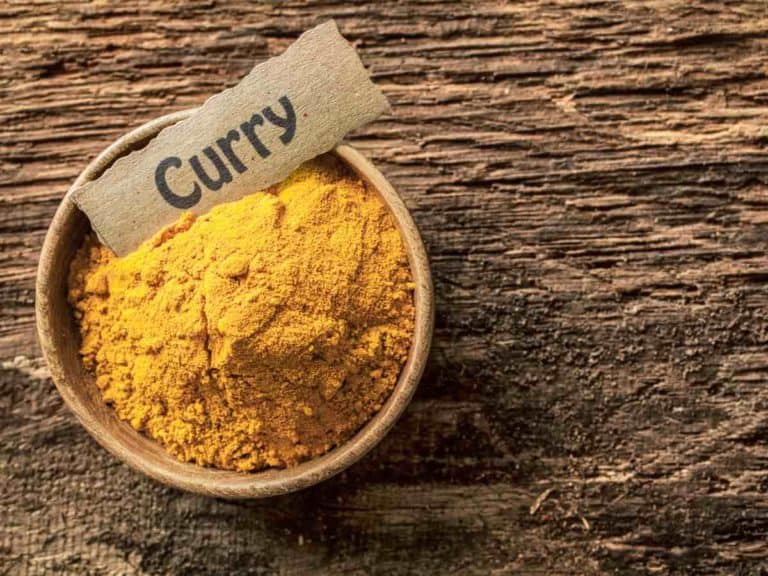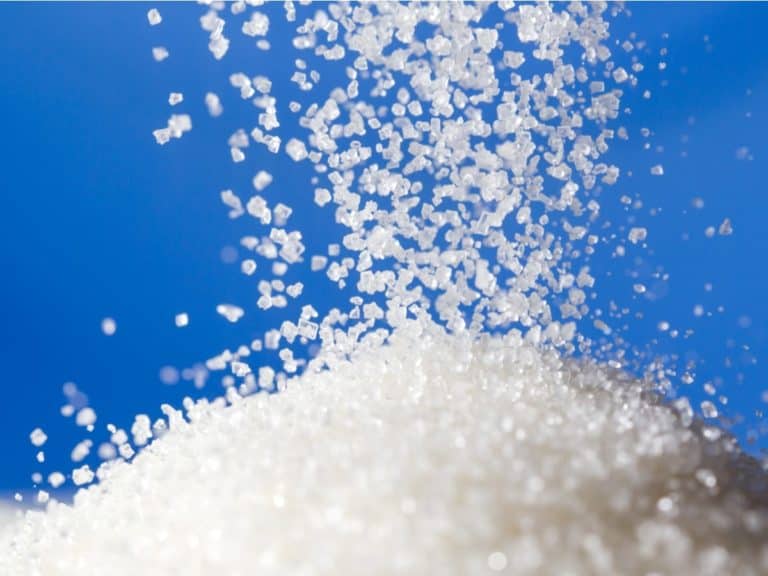How Much Soy Sauce Is Too Much
If you love to cook, soy sauce is a must-have in your pantry. It adds saltiness and savoriness (or umami) in any dish. But there is an ongoing belief that too much soy sauce is bad. It begs the question: How much soy sauce is too much?
There are many reasons too much soy sauce is bad. One reason is taste.
Soy sauce is salty. So if your food is too salty, then that’s too much soy sauce. A cup of soy sauce can contain 14 g of salt. The World Health Organization recommends a daily salt intake of less than 5 g.
There are people who also watch their salt consumption due to health reasons. An example is people with hypertension. These people will want to be careful when eating food with soy sauce. Keep reading below on how much soy sauce can be too much.

Traditional Soy Sauce vs Artificial
Soy sauce is a liquid condiment that traces back to China. It appeared as early as 206 BC. Today, there are two main ways to make soy sauce. One way uses the traditional methods. The other way uses artificial methods.
Traditional
The traditional way to make soy sauce is to boil soybeans in water until the beans are soft. Separately, an equal quantity of wheat is roasted and crushed. Barely may also be used.
Once the soybeans are soft, they are taken out and cooled. When cooled, the soybeans are mixed with the roasted crushed wheat. The two are fermented together. The traditional way is to ferment them in wooden vessels. But modern facilities can also use stainless steel.
The microorganism that ferments the mixture is Aspergillus oryzae. Yeasts and bacteria that are naturally present in soy and wheat also help with the fermentation.
Afterward, salty water is added and the fermentation continues. The fermentation can be between 4 months to 4 years. After fermentation, the mixture is pressed against a sieve or mesh. This step separates the liquid from the solids of soybeans and wheat. The solids are usually reused as animal feed.
You may be thinking, “Fermentation? Isn’t that how alcohol is made?”
Because soy sauce is fermented, there is alcohol. But the alcohol is not as much as regular booze like beer, let alone wine. The alcohol content in traditional soy sauce typically ranges between 1 and 2%.
In theory, a person can get drunk from soy sauce. But the amount would be ridiculous. Plus, the amount of salt would also be unbearable.
Modern soy sauce still follows the principles of the basic methods. The modern methods raise the traditional methods to an industrial scale.
Instead of doing everything by hand, large machines do most of the work. Today, modern soy sauce also comes in different varieties. There are low-salt, sweetened, and flavored soy sauces.
Good to Know: Ten Best Bulgogi Sauce Substitutes
Artificial
There are also artificial soy sauces. These are usually mixtures of corn syrup, salt, hydrolyzed soy, and caramel color. No fermentation is involved. It doesn’t have the same complex flavor as traditional soy sauce, but it gets adequately close.

Too Much Soy Sauce
Soy sauce is a great addition to many dishes for a splash of saltiness and savoriness. But sometimes, too much of something can be bad. Below are reasons too much soy sauce is bad.
Too Salty
This is the simplest reason too much soy sauce is bad. We use soy sauce as an ingredient or condiment for the saltiness. So if you find that your food is too salty, then you used too much soy sauce.
Health
Soy sauce has table salt, hence the saltiness. Without going too medical about it, table salt balances our bodily fluids. In doing so, salt helps maintain a healthy blood pressure. What we specifically need from table salt is the sodium. But having too much sodium disturbs that balance. Among the consequences is high blood pressure.
A cup of soy sauce (240 mL or 250 g) usually has 14 g of table salt. For normal health functions, 14 g of table salt is excessive. The recommended daily intake (RDI) of salt for an average adult is 6 g.
Nevertheless, the World Health Organization insists people eat less than 5 g of salt per day. So consuming a cup’s worth of soy sauce is more than double the RDI.
If you’re cooking for many people and the recipe calls for soy sauce, you can easily use a cup of soy sauce. But, it is unlikely anyone can eat enough servings to consume a cup’s worth of soy sauce.
So if you’re only eating 1 or 2 servings, then you’re probably just consuming 2 or 4 tablespoons of soy sauce. Having 2 to 4 tablespoons of soy sauce translates to 1.75 to 3.5 g of salt.
However, you’re probably also eating at least 3 times per day. And each meal will likely have salt. So the salt contents of all those meals add up. If you had 3.5 g of salt from soy sauce, then you already had more than half of the recommended daily salt intake.
If you’re watching your blood pressure, you want to note your salt intake for the day. And if you’ve had more than a serving of a dish with soy sauce, then you may want watch your salt intake for the rest of the day. It would be more accurate if you weigh and track your meals.
Phytoestrogens
Soy is unique from many plant foods because of its high phytoestrogen levels. Phytoestrogens are plant compounds that resemble human estrogen.
However, soy sauce is among the soy products that don’t have significant levels of phytoestrogens. And even if it does, there are already plenty of studies that have debunked the myth that soy phytoestrogens are bad for human health.
Allergies And Intolerance
If you are allergic to soy proteins, then you may want to be careful with soy sauce. While soy sauce has no significant protein content, there are still trace amounts. If you are highly sensitive, then those trace amounts may be enough to cause an allergic reaction
Besides soy protein, soy sauce can also have gluten because wheat is an ingredient. So if you are allergic or intolerant to gluten, you will also need to be careful. However, there are gluten-free soy sauces. Artificial soy sauces also don’t use wheat.
Related Questions
What is a good substitute for soy sauce?
There are many substitutes for soy sauce. Liquid aminos is still made from soybeans, but not fermented. It’s also gluten free because wheat isn’t an ingredient.
Coconut aminos are made from coconut sap and is also good substitute. It’s savory and a bit sweet. It has less sodium and is gluten-free.
Should soy sauce be refrigerated after being opened?
Soy sauce doesn’t need to be refrigerated. It can keep at room temperature for more than a year. The high salt content keeps many microorganisms away. However, natural chemical reactions can degrade the flavor compounds. So while soy sauce can still be safe to consume after a year, it may not taste as good.





